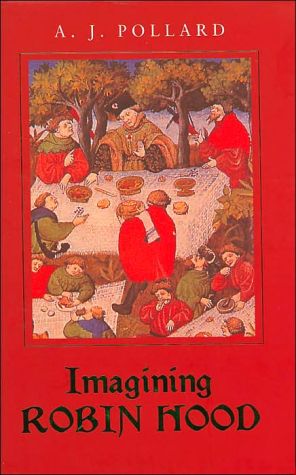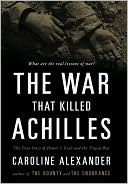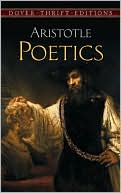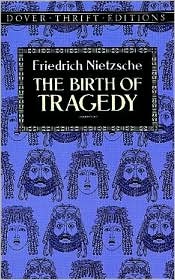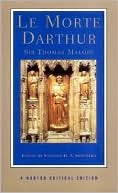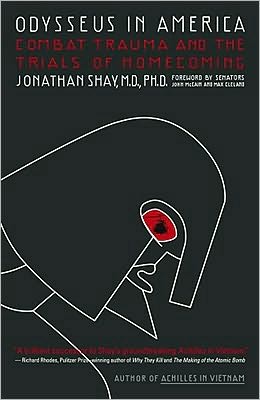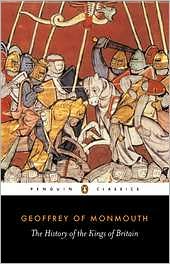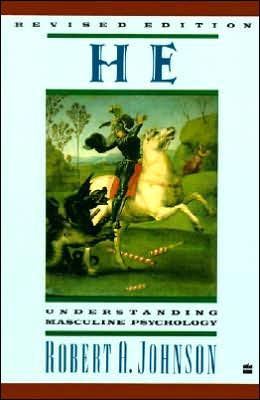Imagining Robin Hood: The Late-Medieval Stories in Historical Context
Robin Hood was ever as popular in England as he is now, judging by the earliest surviving tales from the fifteenth century. Over time he has transformed into the popular hero we know today; the dispossessed earl, outlawed in the woods with his band of merry men; a skilled archer living by highway robbery and poaching. \ Now, going back to the original texts, A. J. Pollard uncovers a different set of tales. Their hero is an outlaw indeed, but he does not rob from the rich to give to the poor....
Search in google:
Robin Hood has been 'all things to all men', since he first appeared, speaking to the gentry, the peasants, and all those in between. Now, going back to the original texts, A. J. Pollard uncovers a different set of tales.Library JournalRobin Hood is the quintessential antihero who upends authority by robbing from the rich to give to the poor. Pollard (history, Univ. of Teesside, U.K.) here examines the legend in the context of the Middle Ages. He identifies Robin as a yeoman forester, neither aristocrat nor peasant and thus appealing to diverse populations. Sherwood Forest, an imaginary wilderness to the north, conveniently removes the story from the politics of the south. Robin's yeoman status and the greenwood setting serve as a springboard for commentary on the legal system and on the Church shortly before the Reformation. Robin Hood, deduces Pollard, can be all things to all people-as subversive or as traditional as one wishes. Thoroughly researched, with an extensive bibliography, this is recommended for academic libraries and for those with strong folklore collections.-Katherine K. Koenig, Ellis Sch., Pittsburgh Copyright 2005 Reed Business Information.
1Texts and context12Yeomanry293A greenwood far away574Crime, violence and the law825Religion and the religious1116Fellowship and fraternity1347Authority and the social order1568History and memory1849Farewell to Merry England211
\ Library JournalRobin Hood is the quintessential antihero who upends authority by robbing from the rich to give to the poor. Pollard (history, Univ. of Teesside, U.K.) here examines the legend in the context of the Middle Ages. He identifies Robin as a yeoman forester, neither aristocrat nor peasant and thus appealing to diverse populations. Sherwood Forest, an imaginary wilderness to the north, conveniently removes the story from the politics of the south. Robin's yeoman status and the greenwood setting serve as a springboard for commentary on the legal system and on the Church shortly before the Reformation. Robin Hood, deduces Pollard, can be all things to all people-as subversive or as traditional as one wishes. Thoroughly researched, with an extensive bibliography, this is recommended for academic libraries and for those with strong folklore collections.-Katherine K. Koenig, Ellis Sch., Pittsburgh Copyright 2005 Reed Business Information.\ \
